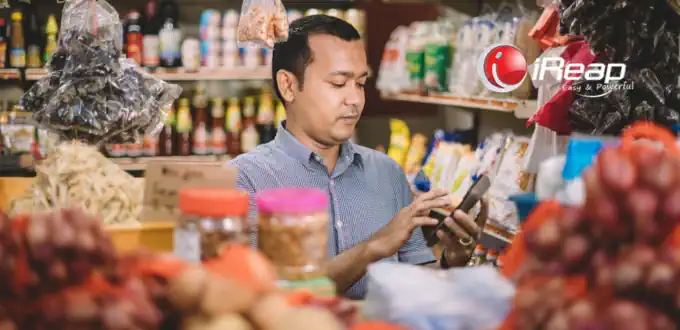
How do you manage a grocery shop to be successful? How to handle a primary food shop be successful and profitable can increase the stock of best-selling products, vary the variety of products sold, implement the FIFO system, separate personal and business accounts, and many more. For details, read this article to the end; come on.
7 Ways to Manage a Grocery Store to be Successful and Profitable
1. Increase the Stock of Best Selling Products
For the basic food stalls to get more profit, you can increase the stock of best-selling products often purchased by consumers. The reason is the more products sold, the greater the profit you can receive.
In addition, stocks of best-selling products that are always available will increase customer loyalty and won’t make them move to other stalls to get the product they want to buy.
2. Variety of Products Sold Diverse
If, at the first point, you are focused on ensuring that best-selling products are always available, then at this point, you need to start complementing other products. The goal is to diversify the products sold at the basic food stalls.
The trick is, every time you profit from selling a best-selling product, try to set aside some of the profits to buy other products that are not yet available at the basic food stalls. For example, one of the best-selling products is rice, sold in the kilo. The product that has yet to be known is salt.
You can set aside some of the profits from selling rice to provide salt products with two types of packaging, small and medium sizes. You don’t need to stock up a lot immediately; just enough first while seeing whether the goods are moving fast or not.

3. Implement the FIFO System to Prevent Losses Due to Damaged/Expired Goods
Have you ever heard the term FIFO, right? First in, first out, or FIFO is goods that come in first; it must be goods that come out first.
For example, five packs of rice come in on the 5th of this month. Then on the 7th came another five bags of rice. Then you have to sell first the items that enter the 5th.
Why do you have to implement a FIFO system? Yes, there is no accumulation of goods to prevent selling goods from being damaged due to storage for too long, especially for primary food products with an expiration date.
This is the best way to prevent losses while selling expired products to customers. Because if it happens, it can affect consumer confidence and make them no longer want to shop at your basic food stall.
4. Separate Personal Account and Business Account
For the basic food shop to increase and get more profit, you need to separate your personal and business accounts.
This method makes it easier for you to monitor the flow of incoming and outgoing money and doesn’t get mixed up with personal expenses.
Yes, indeed, you are the shop owner who is entitled to all the profits earned. But better if you create a payroll system. You need to set aside some gains for your salary (and employees if using employees).
Examples of profit sharing, for example, 30% for operational costs and salaries, 30% for additional capital (buying more products to sell), 20% savings for business development, 10% for business debt (if any), and 10% for charity activities.
5. Avoid Accounts Payable
Many financing service providers make it easy to get additional business capital. But it’s a good idea to avoid business debt as long as it’s unnecessary.
Remember, when applying for debt with the reason of increasing capital, there will be interest that you also have to pay. This can reduce your profits, you know.
Instead of going into debt, it’s better to set aside some profits for additional capital. Even if you are forced into debt, try to make sure that the amount of debt is no more than 10% of the value of the profit you can get.

6. The Best Services and Promotions
One of the advantages of food stalls compared to supermarkets is the establishment of close interactions between you as a business owner and customers.
You can use this to entice customers to shop at your stall more often than at other stores.
The trick is to serve customers well and more personally. Knowing their names, the products they usually buy, and even asking how they are doing will make them feel cared for.
Remember to do promotions actively, for example, by distributing flyers or brochures to houses around the basic food stalls, using social media, etc.
7. Record Transactions and Use the Goods Stock Application
Recording transactions neatly, completely and in detail, or making books and financial reports, will help you understand cash flow, profit and loss, capital availability position and stock of goods.
To facilitate the process of recording transactions and monitoring stock, you can use a cashier application with full features, starting from automatically recording all transactions, recording the entry and exit of goods, and knowing the stock available in real-time.
Recommendations for cashier applications and goods stock applications that are practical and easy to use for managing food stalls, namely the free iReap POS cashier application.
Do you want a grocery shop to be successful and profitable? Try applying the seven ways above. Then in line with the benefits you get, try to complete your essential food shop products. What’s in the grocery store? Check here: These are 50 Food Stall Products that are Best Selling and Frequently Purchased by Customers.



